NSW, Sydney real estate: Signs of change in a booming market, what does new Premier Dominic Perrottet mean for homebuyers?
Huge demand for homes has spilled over into the market for vacant land with downsizers and the government playing key roles.
Property
Don't miss out on the headlines from Property. Followed categories will be added to My News.
A 449 sq m vacant lot in Leppington sold in March last year for $425,000 and re-sold in July 2021 for $720,000, a 69 per cent increase in just over a year.
A 559 sq m vacant site in Denham Court sold last December for $571,000 by Stockland, was onsold at a Ray White auction in May for $830,000, an 45 per cent increase in under six months.
Vacant land is the basic building block of the residential real estate market, a report by the valuers at Herron Todd White advised this month, noting Sydney is a big market with vastly different drivers.
But the past 12 months have seen an incredible demand, no more so than in southwestern Sydney.

“It doesn’t feel that long ago that developers were offering incentives and rebates to entice prospective buyers,” valuer Shaun Thomas noted.
“Today it is common to see buyers camped at the front of a sales office for weeks as they eagerly await a new land release, lucky dip style ballots and exorbitant fees just to secure an inspection.
“There doesn’t seem to be any slowing of demand with land values continuing to skyrocket.”
There are a number of factors driving this demand, starting with low interest home loans.
Of course there’s demand from owner-occupiers attracted by land prices more affordable than Sydney’s $1m median house price.
But there is a lack of stock with some developers drip feeding the market.
And the state government has been slow to green light new releases along with delays in services such as sewer and water becoming an issue around the Austral growth area.
While there are still some releases to occur in the established estates including Leppington, Oran Park, Edmondson Park, the vast majority will need to come from the yet to be rezoned corridor, starting from Catherine Field, heading north through Rossmore, Austral and Kemps Creek.
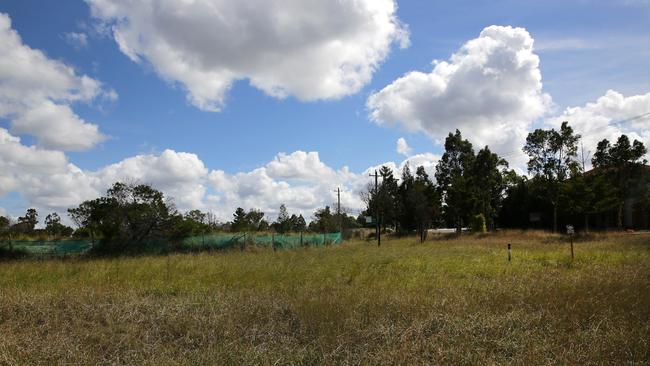
The southwestern Sydney rural lifestyle lots have also been going through unprecedented demand and growth.
It’s being driven especially by cashed up downsizers who have sold their acreages to developers and are looking to stay within their community.
A 1000sq m vacant site in Austral sold in August 2019 for $750,000 and re-sold in June this year for $1.36m, an 81 per cent increase in a little over two years.
Going regional to escape the strong Sydney market won’t mean buyers will escape the boom.
A 876sq m Terrigal bushland lot settled in January 2021 after a $630,000 off the plan purchase resold in May for $800,000.
At Mullumbimby, a Tallowood Ridge estate block first sold in March 2019 for $360,000, re-sold in February this year for $620,000.
The final stage of 45 lots aren’t through council, but the developer has already received 300 expressions of interest.
PERROTTET’S RADICAL SOLUTION TO HOUSING AFFORDABILITY CRISIS
Newly minted NSW premier Dominic Perrottet is not going to win any friends among property investors – or his federal Liberal Party colleagues – with his latest policy solution to housing affordability.
The NSW Government wants property investors to pay more capital gains tax (CGT) on their hard earned property investment when they sell.
It claims the 50 per cent CGT discount skews the incentives towards the purchase and holding of properties for investment purposes. It claims the CGT rate has thereby contributed to housing affordability issues.

The state government’s submission to the federal government’s housing affordability review argues that as NSW investigates its own reforms, including stamp duty reform, it is important that federal property taxes are also reviewed.
The current CGT rate dates back to a decision by then-Prime Minister John Howard and his treasurer Peter Costello in 1999. The tax applies when someone sells an asset for profit, with those owned for more than 12 months, seeing only half the gain taxed.
The policy to increase the tax on property investors was last on the agenda in the 2019 election when Bill Shorten’s ALP caused market anxiety with its proposal.
The NSW submission suggested the “most significant impact” of the tax had been the displacement of owner occupiers – including first home buyers – from home ownership.
They pointed the finger at tax-advantaged investors, “predominantly those already on higher incomes.”
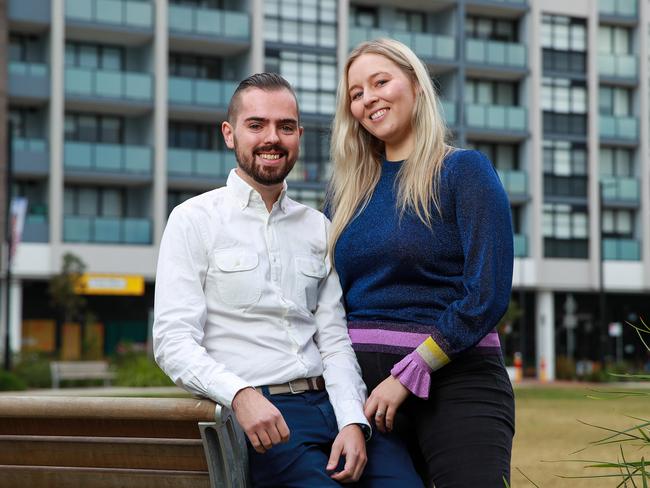
It argued the tax settings led to “significant purchases” of properties for investment reasons rather than accommodation. It added the current tax system leads to poorer asset utilisation as these properties are held mainly for capital gain. It argued investors also received other less explicit tax advantages.
“Firstly, they are taxed on sale rather than as they accrue,” the submission said.
“This deferral of tax is akin to the government providing the investor with an interest free loan. Secondly, investors are able to choose the time of an asset’s sale to minimise taxes on capital gains, such as selling assets when their income is low, so they are taxed at a lower marginal rate.
“By encouraging investors to buy and hold property, the 50 per cent capital gains discount increases investor demand for housing and pushes first home buyers out of the market.”
The submission noted lending to investors was roughly equal to lending to first home buyers in 1994, around $15 billion, but had increased to $120 billion at one stage whereas first timer lending was around $20 billion, 700 per cent growth for investors, compared to 33 per cent growth for first timers.
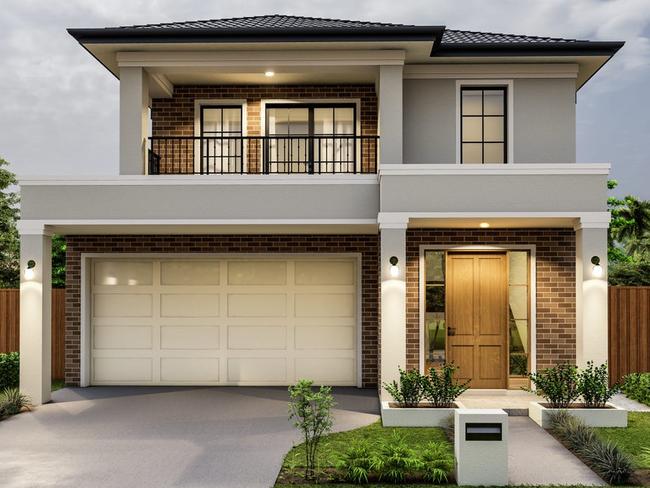
Ahead of the forthcoming federal election, Scott Morrison and Josh Frydenberg will either need to justify their CGT policy impacts in the wake of the reformist NSW Premier, or agree and take the windfall revenue.
SIGNS OF CHANGE EMERGING IN BOOMING PROPERTY MARKET
Every capital city secured an 80 per cent plus auction clearance rate last weekend, according to realestate.com.au.
It was the first time in living memory that the market showed such strength.
Normally some of the capitals are in their own contrasting cycles, but not in spring 2021, which is an extraordinary time for almost every seller. Ray White chief economist Nerida Conisbee recently noted what has also been interesting this cycle was how consistent price increases have been across the country.
Scratch beneath the headline figure and there is a divide between houses and apartments, with CoreLogic putting the national figure at 85 per cent for houses and 76 per cent for units. But that’s been narrowing in recent weeks, although apartments still have a few factors working against price growth, especially the absence of international student renters.
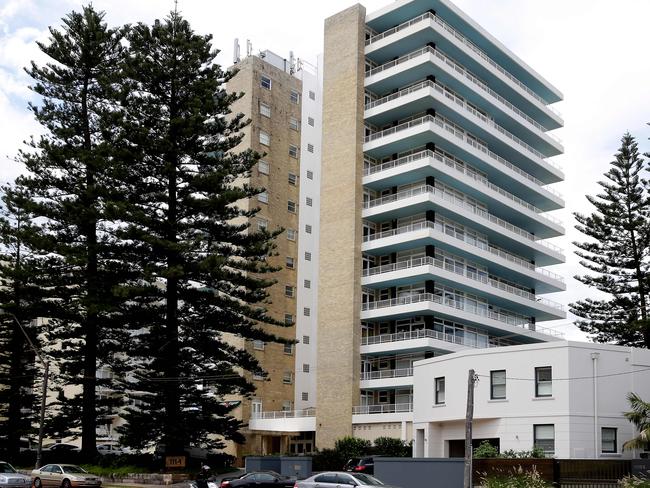
The auction market momentum will ease with more supply in coming weeks, but it won’t be stoppable this year, with just two months until the Christmas break.
We have however seen the bulk of the unprecedented price growth.
The banking regulator has moved to dampen the growth, tapping the brakes to inhibit excessive borrowing from October 31. All new borrowers must be able to service their mortgage at an interest rate 3 per cent above the current rate rather than a 2.5 per cent buffer. The Australian Prudential Regulation Authority estimates it will reduce the borrowing capacity by 5 per cent.
It’s likely that’s just the opening regulatory measure.
The Reserve Bank of Australia has already noted the impact of the policy change “could take several months to be realised.”
I am not so sure that too many home borrowers will be caught up in the initial clampdown, in part because, as the RBA repeatedly advises, most buyers are nowhere near their borrowing capacity. The APRA measure will impact investors given they are adding debt on one property to further debt on the second.
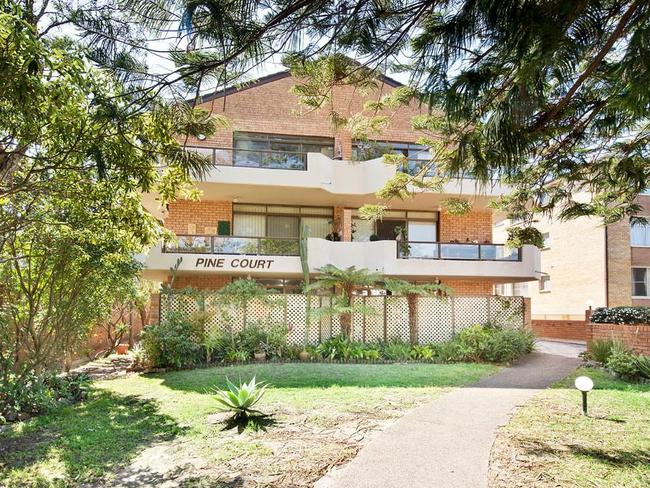
Of course investors aren’t dominant in every market.
Last weekend a three-bedroom O’Brien St, Bondi Beach apartment sold through Ray White Maroubra agent Jamal Choker. The auction had eight active bidders before it sold for $2.01m, with the keys going to a young local family. Just two were investors, so their absence would have been negligible.
Another reason APRA’s measure won’t have too much impact is that the pandemic lockdown, for those not in the awful direct line of economic impact, has prompted a big increase in banked savings. Commonwealth Bank chief economist Stephen Halmarick, estimates $230 billion in savings will have been amassed.
Obviously some of that was spent in a retail spike this week in NSW, and the brave are buying non-refundable international airline tickets, without Covid medical insurance. But there’s plenty in the kitty to help on any desired property acquisition in the continued low interest rate environment.
WHAT A NEW PREMIER MEANS FOR NSW REAL ESTATE
The freshly elected NSW Premier Dominic Perrottet has long held the reformist desire to replace the one off stamp duty cost on home purchases with an ongoing annual land tax.
The big question following his elevation from Treasury will be whether it remains at the top of his political agenda. The Gladys Berejiklian-led government claimed there was broad support for the reform being pursued by her Treasurer who announced the proposal last November in the 2020-21 Budget.

Implementation of the reform would see the immediate loss of tax revenue from stamp duty ahead of the March 2023 state election, not something big spending coalition politicians on Macquarie Street would be keen to see. Especially as there are emerging challenges from the impact of the pandemic on the State Budget which will see revenues hit and expenditure capability constrained.
This might make the Premier and his backbenchers think again.
It comes at a time when stamp duty revenue is yet again the golden goose for the state government as prices have soared during the pandemic.
In the past financial year 235,000 sales saw a record $9.7 billion paid in stamp duty. It was $3.5 billion a decade ago after 163,000 sales. And we have just seen record stamp duty in July and August.
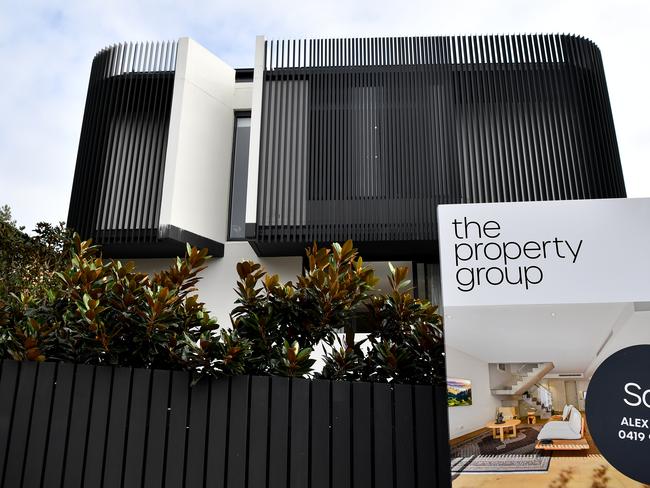
Of course the reform is not a decision that NSW will necessarily pursue alone, with Perrottet ideally securing a helping hand from the Federal Government and other state governments.
The Urban Development Institute of Australia (UDIA), recently slammed the Morrison-Frydenberg government for taking a “hands-off approach to tax reform” especially on state property taxes.
Any reform to stamp duty – which is claimed as an inequitable and inefficient tax – would not be simple as it would impact how GST revenue was distributed among the states and territories.
It might cost NSW annually $1 billion in forgone GST.
“Progress on this reform will require the collective willingness of the Australian government and all states and territories,” the Housing Industry Association (HIA) has noted.

“In order to facilitate progress, it may be beneficial for the Australian government to commit to a dialogue through the national cabinet to investigate measures that would support state and territory governments to remove stamp duty.”
Currently the national cabinet barely has time to adequately consider Covid crises, with state leaders complaining about the lack of time given to them to appraise policy proposals.
There’s also the option of not waiting for the other governments to agree to rejigging the GST, and for Perrottet to just seek out an alternative source of cash to replace the fall in revenues.
He’d no doubt start by expediting the high-rise rezoning and sale of the Bays West and Blackwattle Bay precincts in Sydney’s Inner West to property developers.
Originally published as NSW, Sydney real estate: Signs of change in a booming market, what does new Premier Dominic Perrottet mean for homebuyers?





